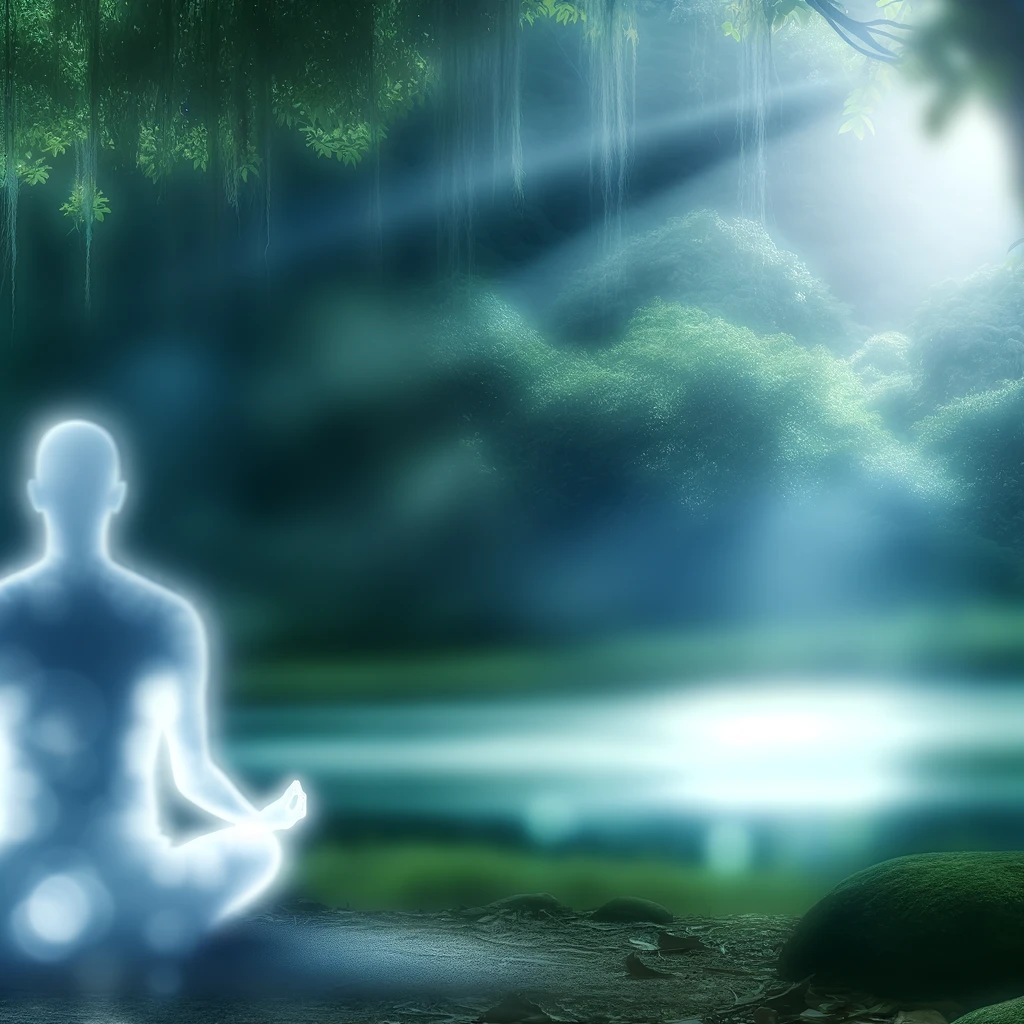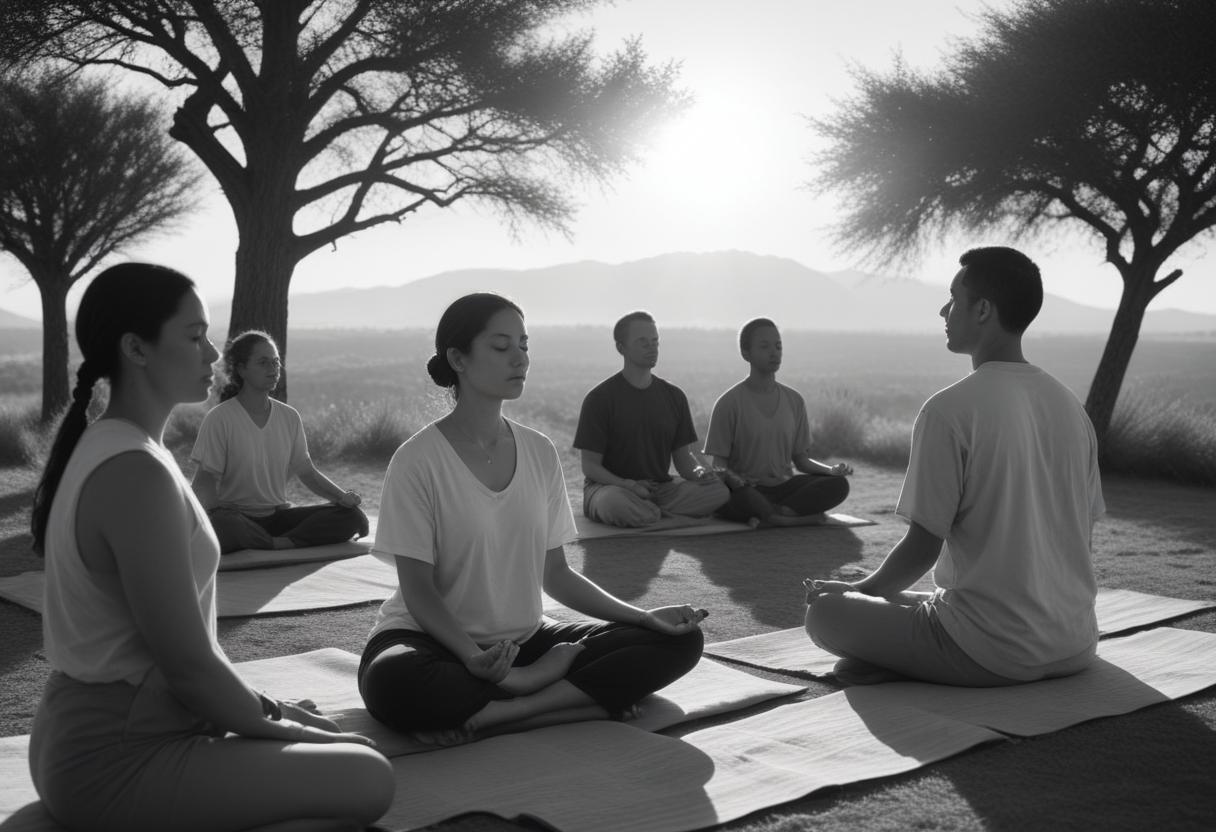
Contrast of Sorrow and Joy
And in every religion and philosophy it is pointed out that happiness and sorrow are two conditions of life. According to Hinduism, the Bhagavad Gita has a lot to say about this balance. Krishna advises Arjuna to remain detached from both joy and grief: Thus we have from Bhagavad Gita “Sukha-duhkhe same kritva labhalabhau jayajayau” 2:38 which translates into the English language as – ‘Therefore, let the wise not covet pleasures derived from the physical body they should treat pleasure and pain, gain and loss, victory and defeat.’ Happiness and contentment, not allowing emotions to be overly elated or severely depressed is taught here.
Buddhism also explores the aspect of the impermanence of pleasure and Pain. The Four Noble Truths describe suffering as a normal part of experience as if to say it is unavoidable, but they also hold out the possibility of freedom from this suffering. In Buddhism, there is something called the Middle Path or Madhyama Pratipada which teaches one should not be too obsessed with pleasure and should not fear sorrow too.
In Christianity, the Book of Ecclesiastes tells us that “there is a time to weep and a time to laugh, a time to mourn and a time to dance” (Ecclesiastes 3:4). The passage illustrates a normal pattern of life, and the happiness as well as the sorrow, all come from the will of God and have their own meaning.
Gaining Happiness from Within
Happiness, according to almost all the sacred texts, is an inner happening, and not a function of the outer world. Taking our happiness in the hand of other people or circumstances is a bad idea because the power of happiness does not rest within your vicinity. The Stoic cultural learnings from the ancient Greeks were that happiness doth not cometh from without but from within. One of the major stoics Epictetus once remarked that ‘it is well to possess nothing, and to covet nothing.
In the Bhagavad Gita, Krishna advises Arjuna to look inward for happiness, beyond material possessions or relationships: Bhagavad Gita says thus: “A person who is not repulsed by happiness and distress, and is unmoved in both, is fit for liberation” (Chapter II, verse 15). This they say holds the secret to happiness which is inner satisfaction, and does not require another person.
The biggest struggle to live is the concept of happiness has to be obtained from external prospects and that prospect being wealth, success or a relation. But true happiness lies in self-acceptance, admiring and embracing one’s flaws, and being entirely at peace with the world and time.
Overcoming Sorrow and Understanding Its Value
Sadness is good for you though it hurts and is good for the growth of empathy as well as that of Resilience. They only know the value of joy in their lives if they have gone through the experience of grief. Rumi, the Sufi poet, couldn’t have said it any more right when he stated that the wound is the place where the light enters you. What this means is that in our times of greatest distress, we always have some of the most important lessons in life revealed to us. Challenges actually mould us into better people, more patient, happier and able to sympathise and empathize with the next person you meet.
According to Hinduism, suffering is often the fruit of a prior act, and, by patiently enduring, it is possible to roast previous sins out of oneself. Religion again asserts that if one has to make sure changes from one state to another and get rid of suffering the latter could be achieved by following Buddhist principles of understanding the self and achieving Nirvana.
Acceptance may be one of the most useful strategies when it comes to preventing sorrow. According to the Bhagavad Gita it is also imperative to accept both good and evil in equal measure. As we embrace the down moments, it is only logical that we can embrace the high moments as well. The commonly used acceptance is not fatalism but rather the acknowledgement that each challenge is an opportunity to learn.
The Problems and Tears as the Parts of Life
Success and failures, happiness and sorrows are part of every person’s life. Without them, happiness has no value, and development stops. When threats and difficulties appear they are actually the part of the material universe, which is the illusion (Maya) that obstructs the soul (Atman) to reveal its divine self. Such feelings as sorrow, or difficulties in a human’s life allow breaking away from the physical world and to come closer to the spiritual experience.
The Bhagavad Gita, overall, inspires people to have courage in order to meet the challenges head on. Krishna goes on to remind Arjuna the hardships of life are inevitable and comes with the territories as they are helpful. It becomes important, especially during low moments of life, to just know these are temporal, just as there may be low moments of joy too.
In the same way, Buddhism describes suffering as a step on the way to receiving enlightment. People who practice mindfulness—watching their emotions without making judgment, and therefore suffering from sorrow are able to cope with it instead of getting lost in it. Knowing that anger is a temporary state will help ease one’s life experience and make it easier to survive.
Achieving balance and subjective well-being
The strategy by which happiness and sorrow are equal is to remain oriented toward one’s inner happiness which can be reached by the help of the practice of meditation and by the means of critical self-reflection. Happiness does not mean to have the right things, the right people, or every funny thing we want in life Some might think that to be happy you must hold on to all things that make you happy; you also should avoid all things that make you sad To live with balance, this notion of non-attachment is a good guide.
The Bhagavad Gita is all about following four paths of Yoga, one of which is Bhakti Yoga which simply translates to the path of devotion. To give up to God or the Universe, or whatever name you choose to give the Higher power, helps during sad and turbulent moments and does not lure the person into the trappings of worldly pleasures.







